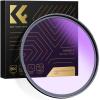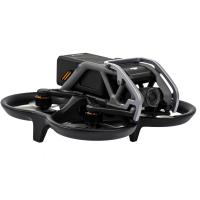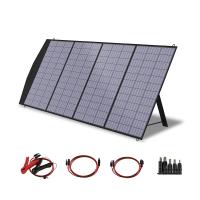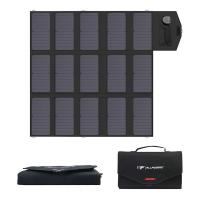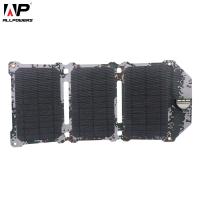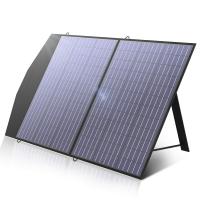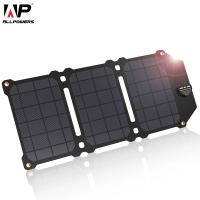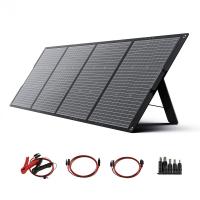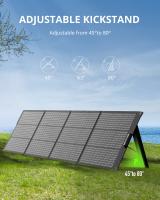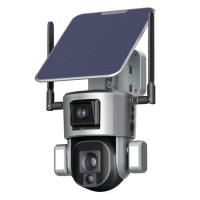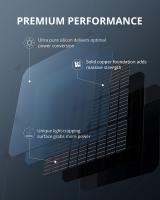How Solar Panel Work?
Solar panels have become a cornerstone of renewable energy solutions, offering a sustainable way to harness the power of the sun. Understanding how solar panels work can help individuals and businesses make informed decisions about adopting this technology. In this article, we will delve into the science behind solar panels, their components, the process of converting sunlight into electricity, and the practical applications and benefits of using solar energy.
The Science Behind Solar Panels
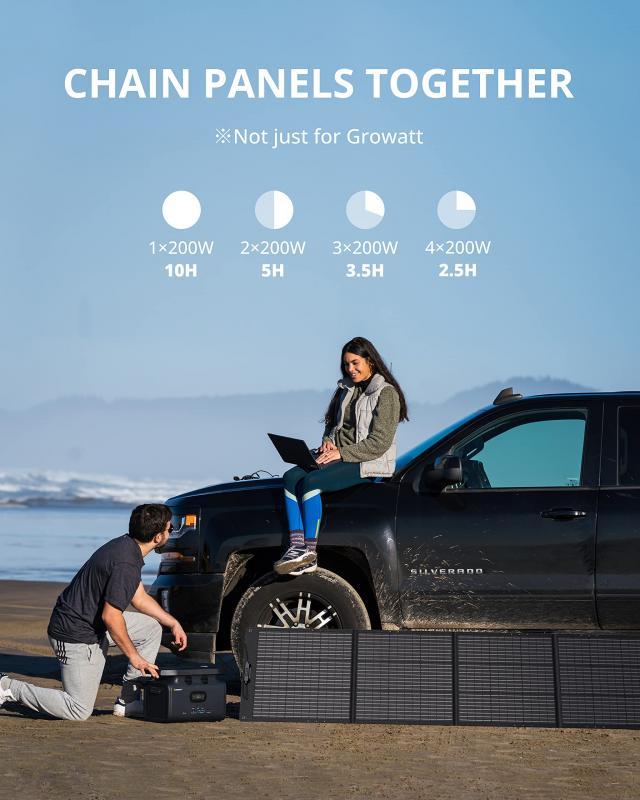
At the heart of a solar panel is the photovoltaic (PV) cell, which is responsible for converting sunlight into electricity. The term "photovoltaic" comes from "photo," meaning light, and "voltaic," meaning electricity. PV cells are made from semiconductor materials, typically silicon, which have properties that allow them to absorb sunlight and generate an electric current.
When sunlight hits a PV cell, it excites electrons in the semiconductor material, causing them to move. This movement of electrons creates an electric current, which can be captured and used as electricity. This process is known as the photovoltaic effect.
Components of a Solar Panel
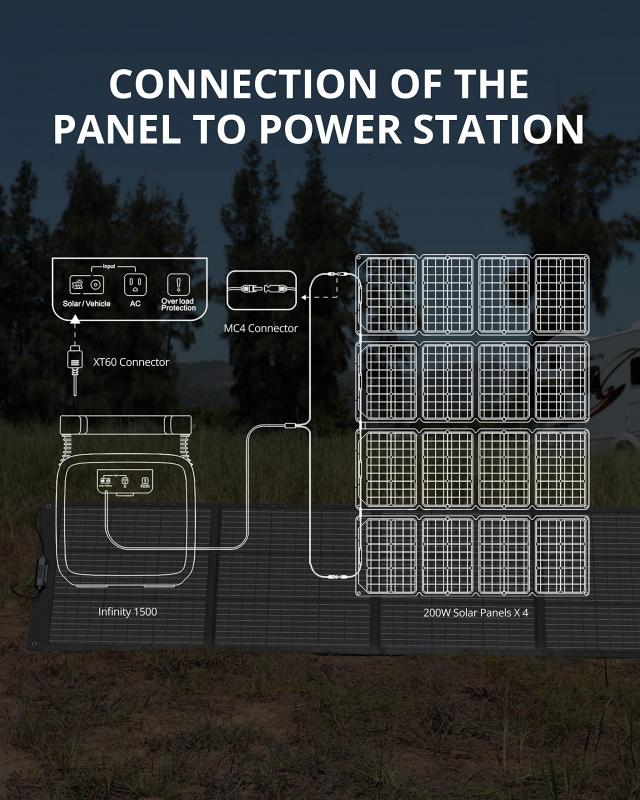
A solar panel is composed of several key components that work together to convert sunlight into usable electricity:
1. Photovoltaic Cells: These are the core components that generate electricity. Multiple PV cells are connected together to form a solar panel.
2. Glass Cover: A layer of tempered glass protects the PV cells from environmental factors such as rain, snow, and hail while allowing sunlight to pass through.
3. Encapsulant: This is a layer of protective material that surrounds the PV cells, providing insulation and protecting them from moisture and mechanical damage.
4. Backsheet: The backsheet is a layer of material on the back of the panel that provides additional protection and insulation.
5. Frame: The frame, usually made of aluminum, provides structural support and allows the panel to be mounted on various surfaces.
6. Junction Box: This is where the electrical connections are made, allowing the generated electricity to be transferred to an inverter or directly to the electrical grid.
The Process of Converting Sunlight into Electricity
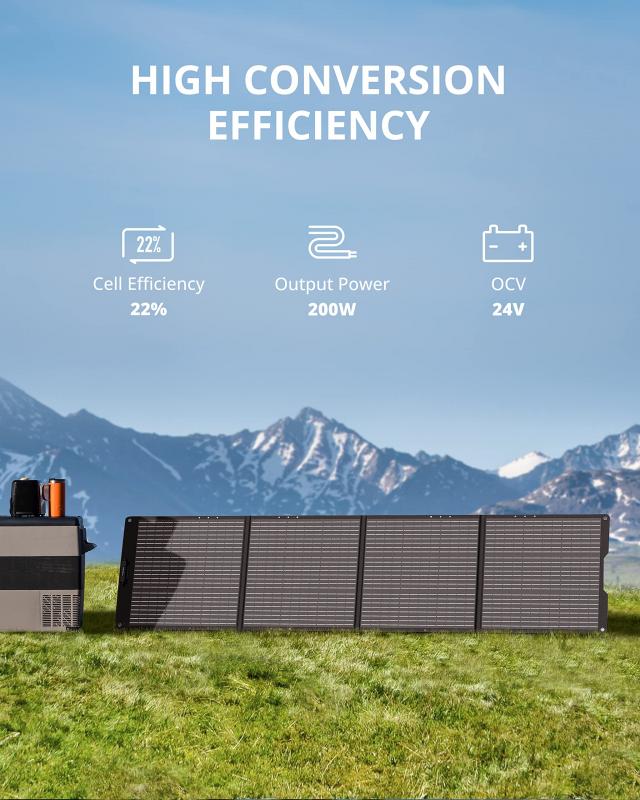
The process of converting sunlight into electricity involves several steps:
1. Absorption of Sunlight: When sunlight strikes the surface of a solar panel, the PV cells absorb the light energy. This energy excites electrons in the semiconductor material, causing them to move.
2. Generation of Electric Current: The movement of excited electrons creates an electric current. This current is direct current (DC) electricity, which flows in one direction.
3. Conversion to Alternating Current (AC): Most homes and businesses use alternating current (AC) electricity, which flows in both directions. An inverter is used to convert the DC electricity generated by the solar panels into AC electricity.
4. Distribution and Use: The AC electricity can be used to power electrical devices, stored in batteries for later use, or fed into the electrical grid. When fed into the grid, it can offset the electricity consumption of the building, potentially reducing energy bills.
Practical Applications of Solar Energy
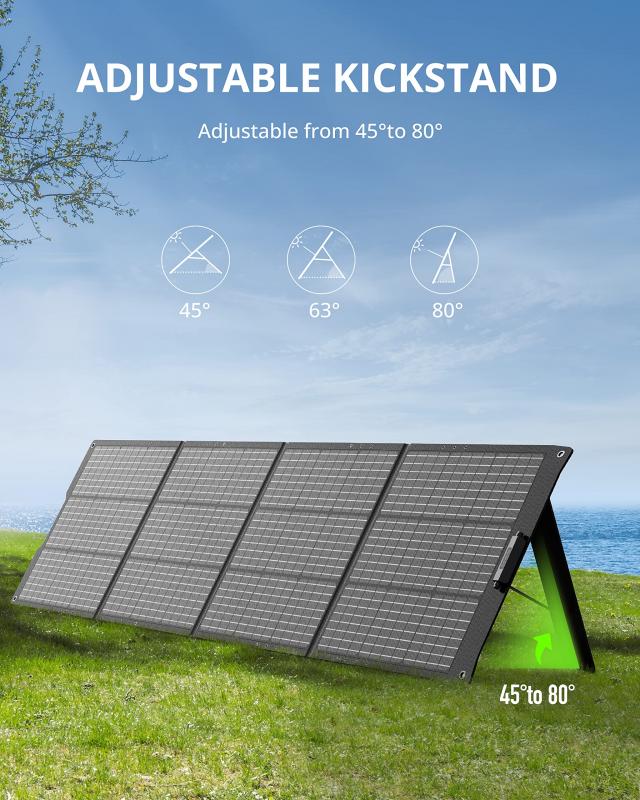
Solar energy has a wide range of practical applications, making it a versatile and valuable resource. Some of the most common applications include:
1. Residential Solar Power: Homeowners can install solar panels on their rooftops to generate electricity for their homes. This can significantly reduce energy bills and provide a reliable source of power.
2. Commercial Solar Power: Businesses can use solar panels to power their operations, reducing energy costs and demonstrating a commitment to sustainability.
3. Solar Farms: Large-scale solar farms consist of many solar panels installed in open areas to generate electricity on a commercial scale. This electricity can be fed into the grid to supply power to a large number of homes and businesses.
4. Off-Grid Solar Systems: In remote areas without access to the electrical grid, off-grid solar systems can provide a reliable source of power. These systems often include batteries to store electricity for use when sunlight is not available.
5. Portable Solar Devices: Solar energy can be used to power portable devices such as solar chargers, solar-powered lights, and solar water heaters. These devices are convenient for outdoor activities and emergency situations.
Benefits of Using Solar Energy
There are numerous benefits to using solar energy, making it an attractive option for both individuals and businesses:
1. Renewable and Sustainable: Solar energy is a renewable resource, meaning it will not run out as long as the sun continues to shine. This makes it a sustainable option for long-term energy needs.
2. Environmentally Friendly: Solar energy production does not produce greenhouse gases or other harmful emissions, making it a clean and environmentally friendly energy source.
3. Cost Savings: While the initial cost of installing solar panels can be high, the long-term savings on energy bills can be significant. Additionally, many governments offer incentives and rebates to offset the installation costs.
4. Energy Independence: By generating their own electricity, individuals and businesses can reduce their dependence on the electrical grid and protect themselves from rising energy costs.
5. Low Maintenance: Solar panels require minimal maintenance, with most systems only needing occasional cleaning and inspections to ensure optimal performance.
6. Increased Property Value: Homes and businesses with solar panel installations often see an increase in property value, as solar energy systems are considered a valuable asset.
Challenges and Considerations
While solar energy offers many benefits, there are also some challenges and considerations to keep in mind:
1. Initial Cost: The upfront cost of purchasing and installing solar panels can be high. However, this cost is often offset by long-term savings and government incentives.
2. Weather Dependence: Solar panels rely on sunlight to generate electricity, so their efficiency can be affected by weather conditions such as cloudy days or heavy snowfall.
3. Space Requirements: Solar panels require a significant amount of space for installation. This can be a limitation for properties with limited roof space or shading from nearby structures.
4. Energy Storage: Storing solar energy for use during periods without sunlight requires batteries, which can add to the overall cost and complexity of the system.
Solar panels represent a powerful and sustainable solution for generating electricity. By understanding how they work, the components involved, and the process of converting sunlight into electricity, individuals and businesses can make informed decisions about adopting solar energy. The practical applications and benefits of solar energy make it a valuable resource for reducing energy costs, promoting environmental sustainability, and achieving energy independence. Despite some challenges, the long-term advantages of solar energy make it a compelling option for a cleaner and more sustainable future.

